Hi everyone,
Sharing a DIY on how to replace Oxygen Sensors (O2) on Volvo SPA. Mine is 2018 S90 T6 with 55K miles.
Symptoms I had and other info:
1- Bad fuel economy
2- Backfires (explosion) sometimes when switching the car on/off
3- O2 sensor slow response code (pending). Happend once after multiple hard accelerations. No check engine l.
4- Weak ignition sometimes (injectors, spark plugs, ignition coils all are new (replaced))
5- No check engine light appeared
Parts needed:
1- O2 Sensor on the Driver side (Left/downstream)
OEM part# 31480395
Denso part# 234-8010
Connector shape: rectangle
Source from: Densoproducts.com
2- O2 Sensor on the passenger side (right/upstream/bank 1)
OEM part# 31380995
Denso part# DENSO DOX-0594
Connector shape: square
Sourced from: Trodo.com
Tools needed:
1- Two beautiful healthy hands
2- 10 mm hex for metal shield covering left O2 sensor & battery negative (rear)
3- 22m Wrench 12 point (6 point is okay but will make your life harder)
4- 8mm socket for Start/Stop battery
5- Two small flat head screws to disconnect O2 connectors
6- Jack and two jack stands
7- Flash Light
General comments on the installation:
Important: Car must be cold.
Disconnect negative in the two batteries: disconnect the small battery, then the big battery.
Now, with the O2 sensor location. The place is pretty tight and you will have to depend on your feel and patience.
Once the car is jacked up safely, reach the metal shield covering the O2 sensors from below near the propllershaft shaft area. The hug position is the best for this job. In other words, work on it as you are hugging someone. In this case just hug the exhaust system. Place one hand on the right and the other on the left. Bring the 10mm wrench two open the two nuts holding the protective shield.
Next, bring your 22mm wrench and open the O2 sensor. Just find the right spot/room to loose the sensor torque. It wasn't hard at all. One medium pull and it was open. Once opened, disconnect the connectors from the engine bay. Go down and just continue rotating by hand.
Once both removed, install the new two sensors. Apply anti seize and ensure it's seated correctly when rotating by hand.
Once done and connected, connect the big battery, then the small battery. Start the car and press the reset button for 5 seconds. Let the car idle for at least 20 minutes. Then, take one hour highway drive with no hard accelerations.
Not sure if Vida will be required to reset the fuel trims but I so far didn't have any issues and the MPG is starting to get better. Also, the driver side O2 sensor is the one that wear super fast and gets dirty of carbon deposits. This sensor is responsible to give air/fuel data to the ECM. If dirty, the Air/Fuel ratio will be messed up and this what happened to my S90.
Here are some pictures:
![Image]()
![Image]()
![Image]()
![Image]()
![Image]()
![Image]()
![Image]()
![Image]()
![Image]()
![Image]()
![Image]()
![Image]()
![Image]()
![Image]()
![Image]()
![Image]()
![Image]()
![Image]()
I will share the updated MPG after 200 miles. Last recorded MPG was about 23.
![Image]()
Sent from my YAL-L21 using Tapatalk
Sharing a DIY on how to replace Oxygen Sensors (O2) on Volvo SPA. Mine is 2018 S90 T6 with 55K miles.
Symptoms I had and other info:
1- Bad fuel economy
2- Backfires (explosion) sometimes when switching the car on/off
3- O2 sensor slow response code (pending). Happend once after multiple hard accelerations. No check engine l.
4- Weak ignition sometimes (injectors, spark plugs, ignition coils all are new (replaced))
5- No check engine light appeared
Parts needed:
1- O2 Sensor on the Driver side (Left/downstream)
OEM part# 31480395
Denso part# 234-8010
Connector shape: rectangle
Source from: Densoproducts.com
2- O2 Sensor on the passenger side (right/upstream/bank 1)
OEM part# 31380995
Denso part# DENSO DOX-0594
Connector shape: square
Sourced from: Trodo.com
Tools needed:
1- Two beautiful healthy hands
2- 10 mm hex for metal shield covering left O2 sensor & battery negative (rear)
3- 22m Wrench 12 point (6 point is okay but will make your life harder)
4- 8mm socket for Start/Stop battery
5- Two small flat head screws to disconnect O2 connectors
6- Jack and two jack stands
7- Flash Light
General comments on the installation:
Important: Car must be cold.
Disconnect negative in the two batteries: disconnect the small battery, then the big battery.
Now, with the O2 sensor location. The place is pretty tight and you will have to depend on your feel and patience.
Once the car is jacked up safely, reach the metal shield covering the O2 sensors from below near the propllershaft shaft area. The hug position is the best for this job. In other words, work on it as you are hugging someone. In this case just hug the exhaust system. Place one hand on the right and the other on the left. Bring the 10mm wrench two open the two nuts holding the protective shield.
Next, bring your 22mm wrench and open the O2 sensor. Just find the right spot/room to loose the sensor torque. It wasn't hard at all. One medium pull and it was open. Once opened, disconnect the connectors from the engine bay. Go down and just continue rotating by hand.
Once both removed, install the new two sensors. Apply anti seize and ensure it's seated correctly when rotating by hand.
Once done and connected, connect the big battery, then the small battery. Start the car and press the reset button for 5 seconds. Let the car idle for at least 20 minutes. Then, take one hour highway drive with no hard accelerations.
Not sure if Vida will be required to reset the fuel trims but I so far didn't have any issues and the MPG is starting to get better. Also, the driver side O2 sensor is the one that wear super fast and gets dirty of carbon deposits. This sensor is responsible to give air/fuel data to the ECM. If dirty, the Air/Fuel ratio will be messed up and this what happened to my S90.
Here are some pictures:
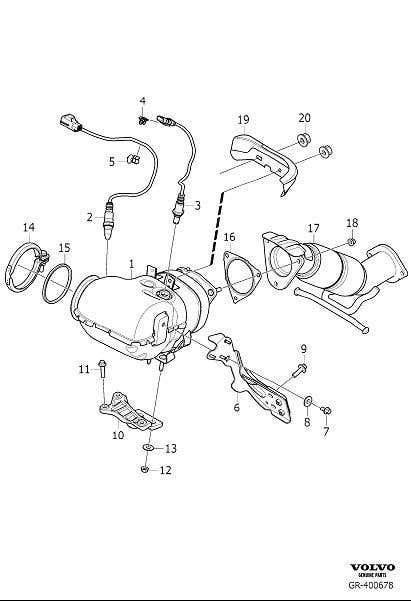
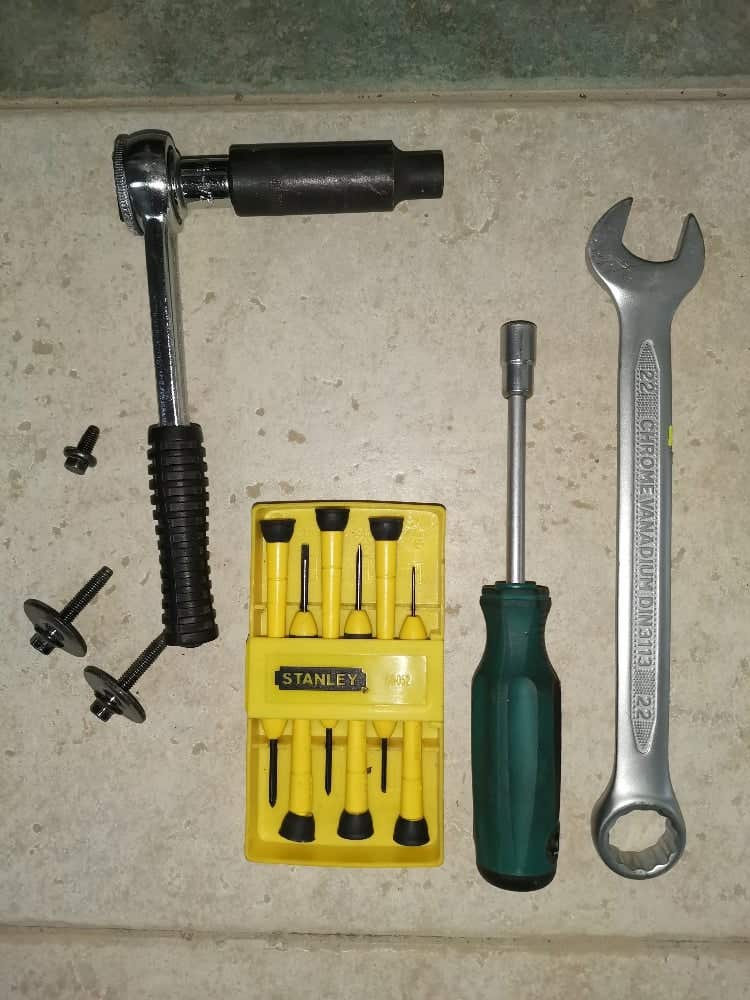
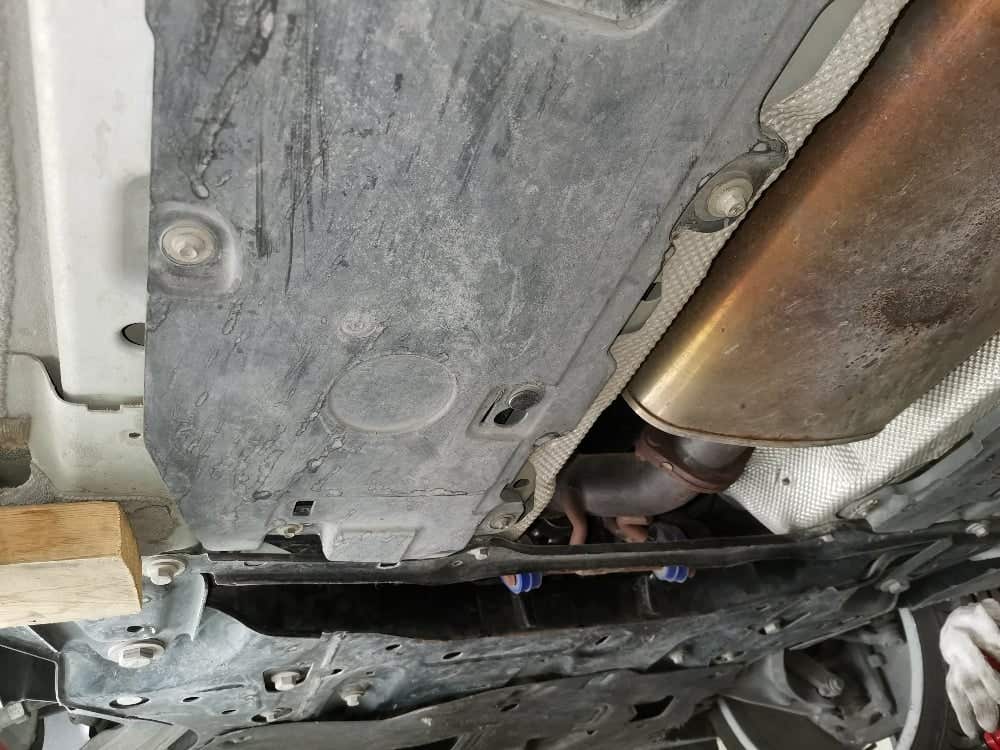
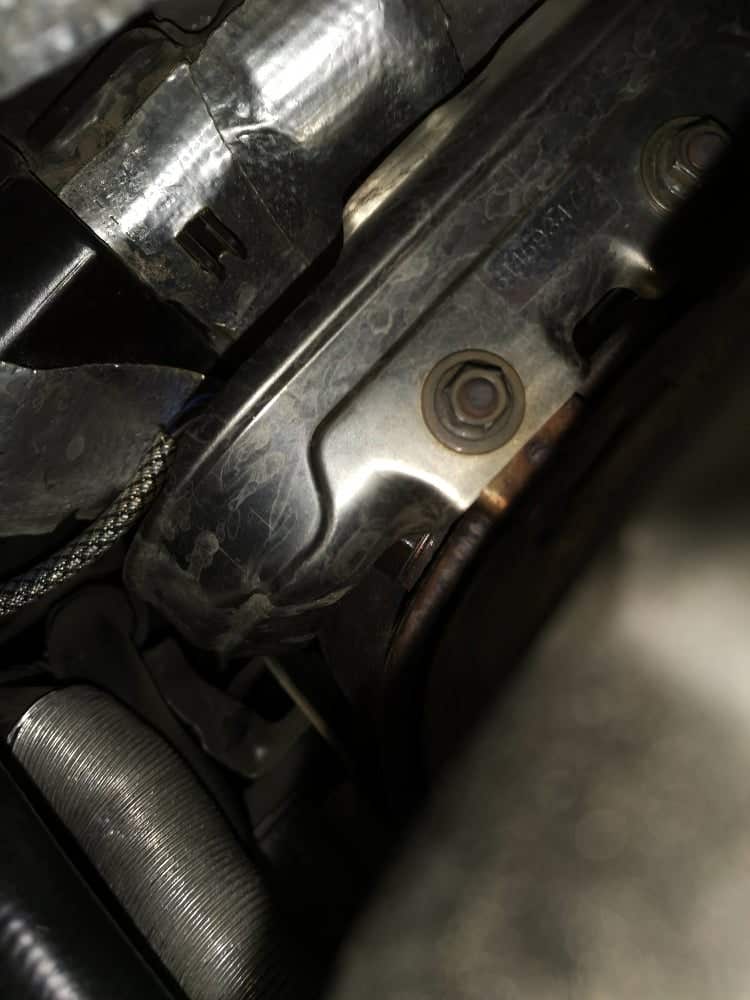
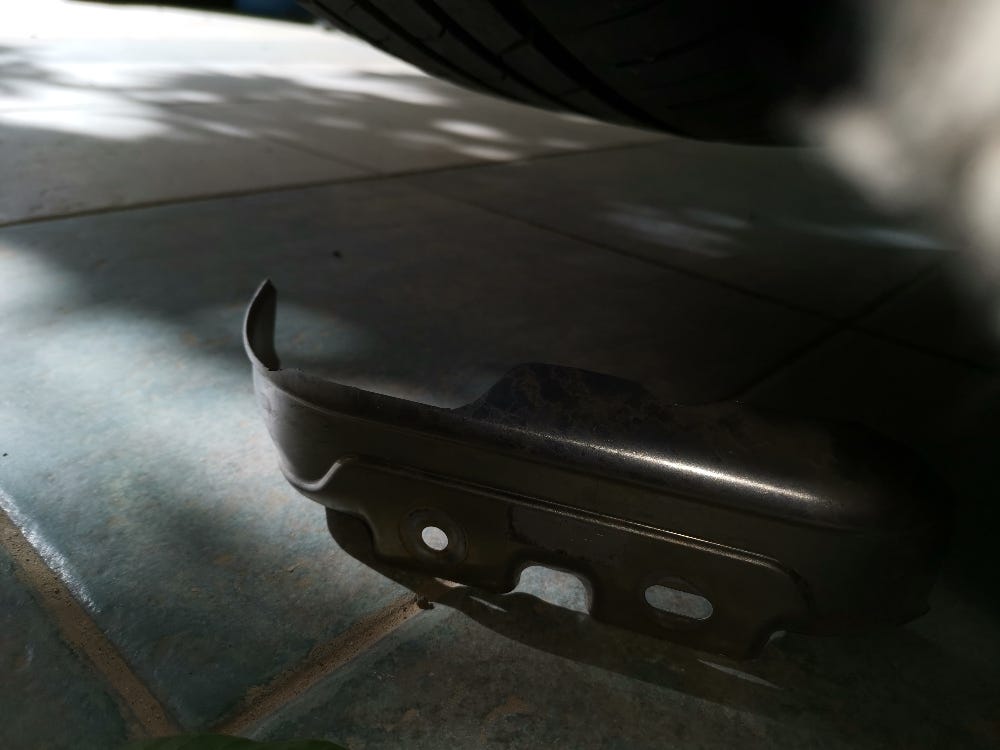
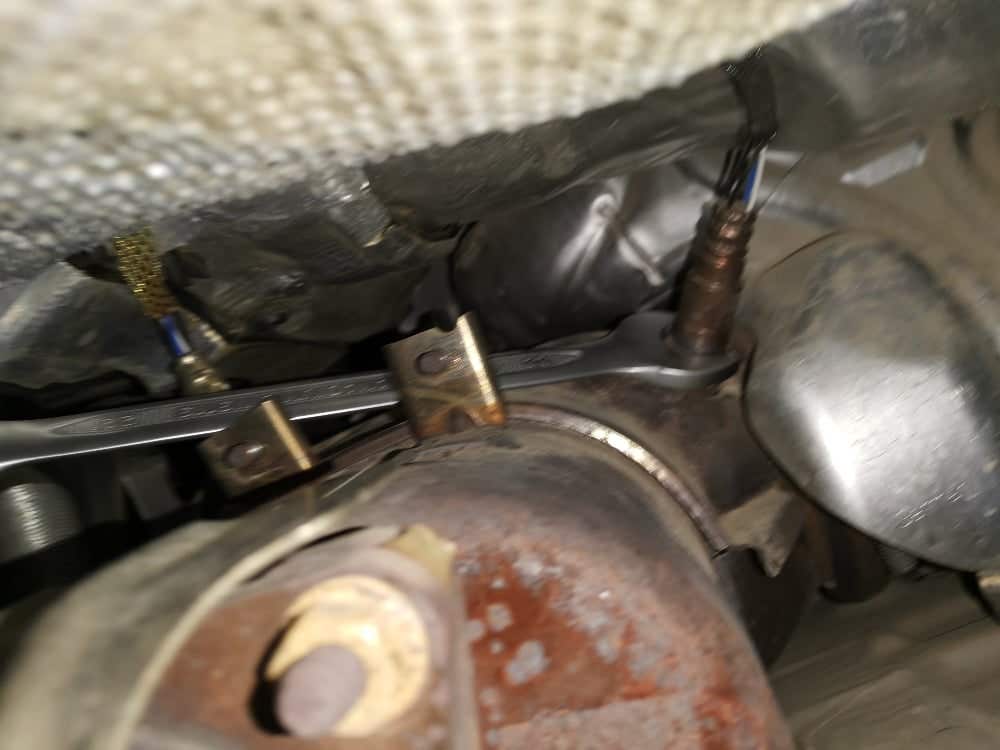
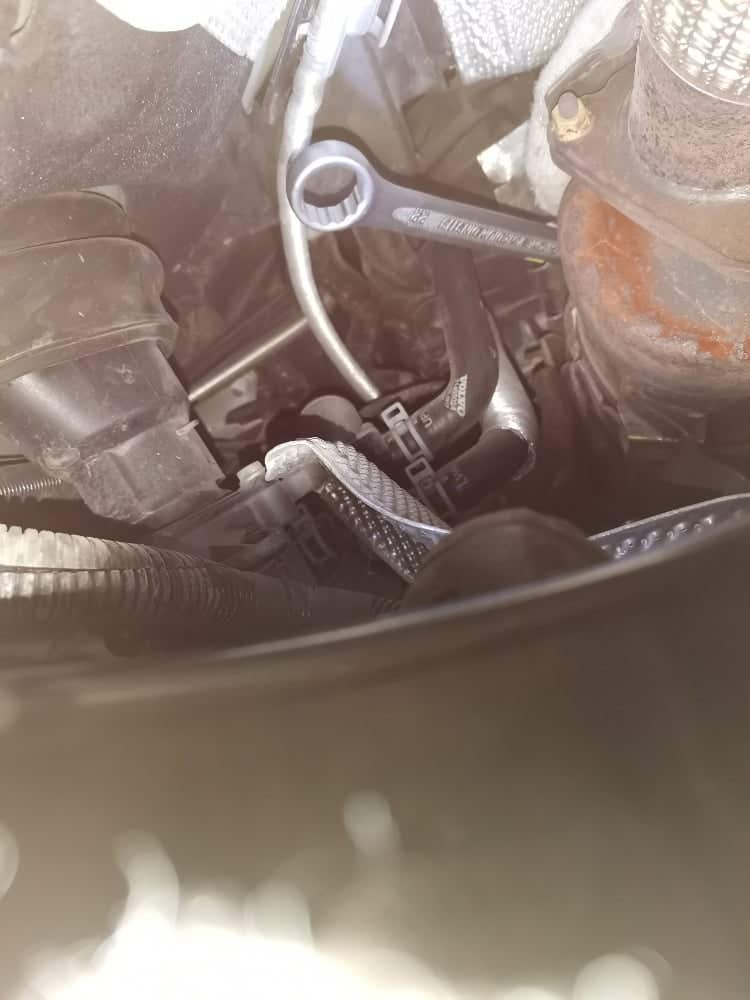
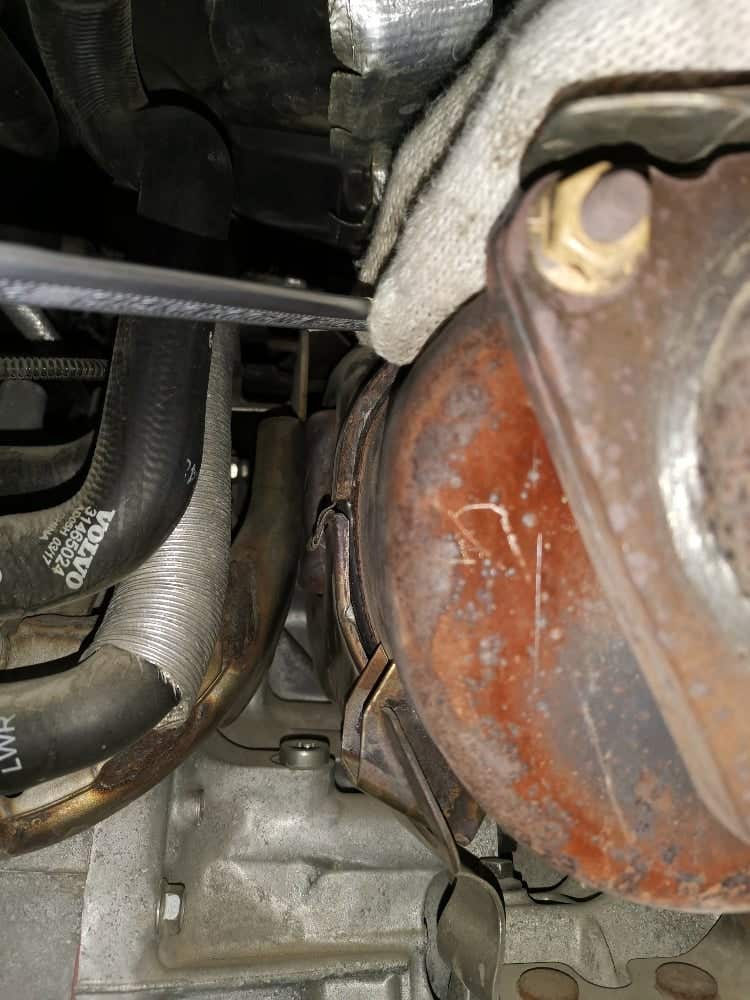
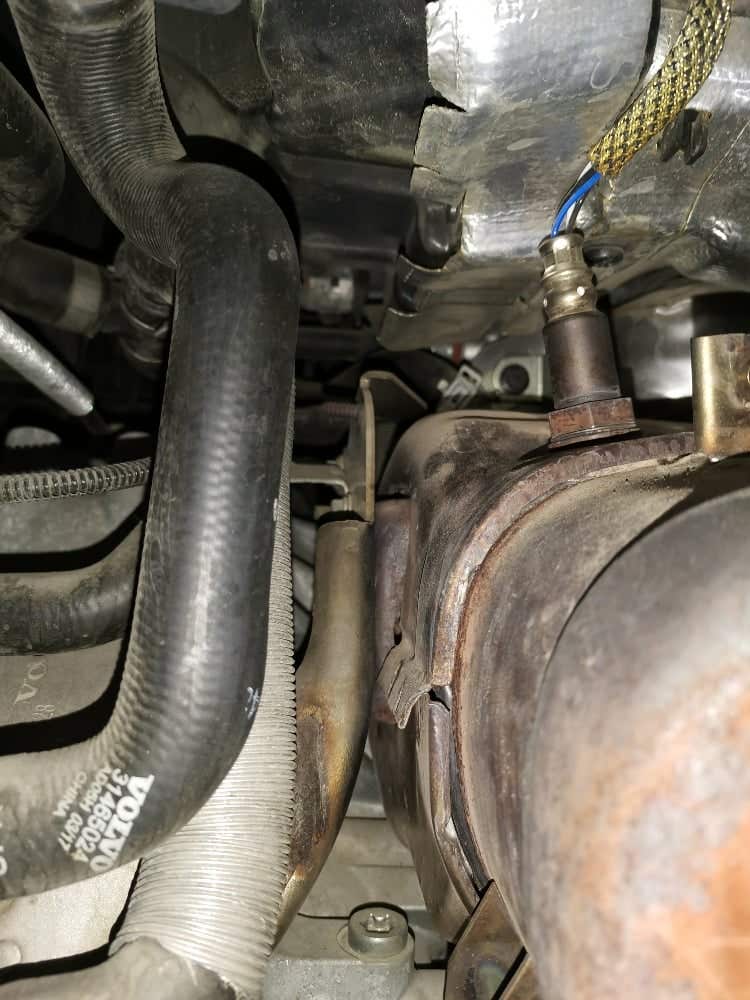
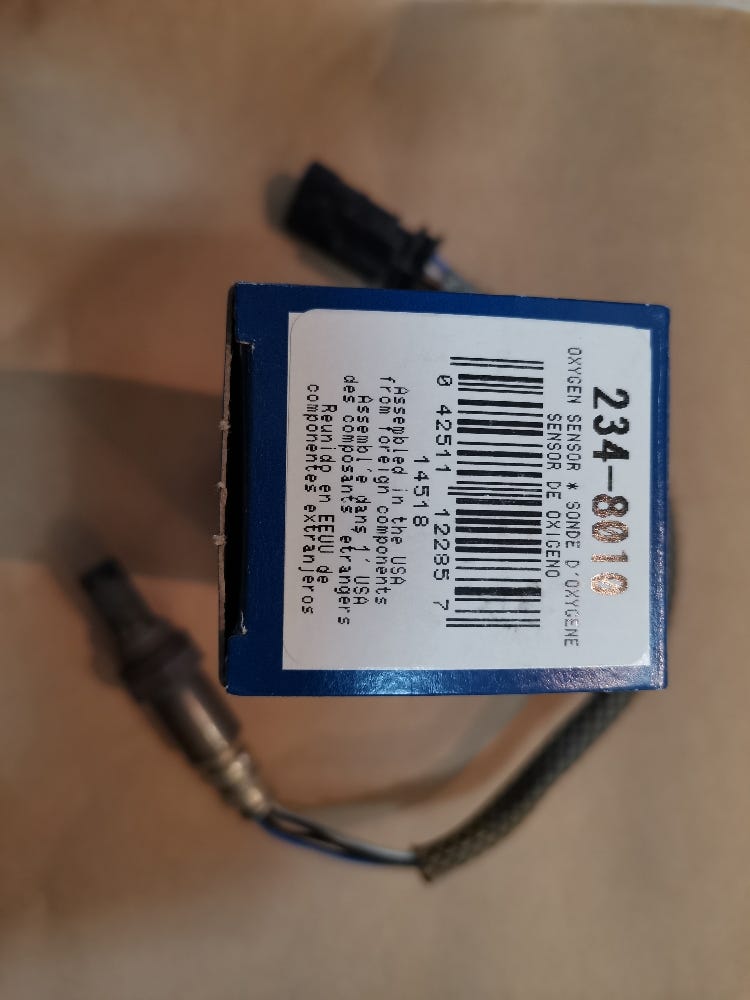
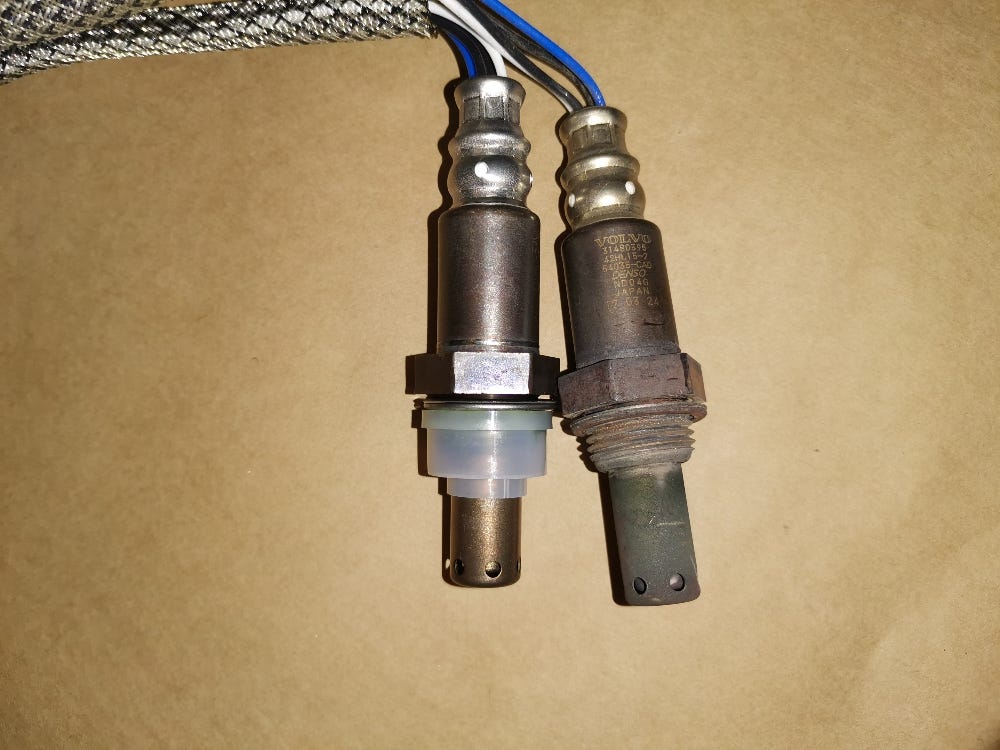
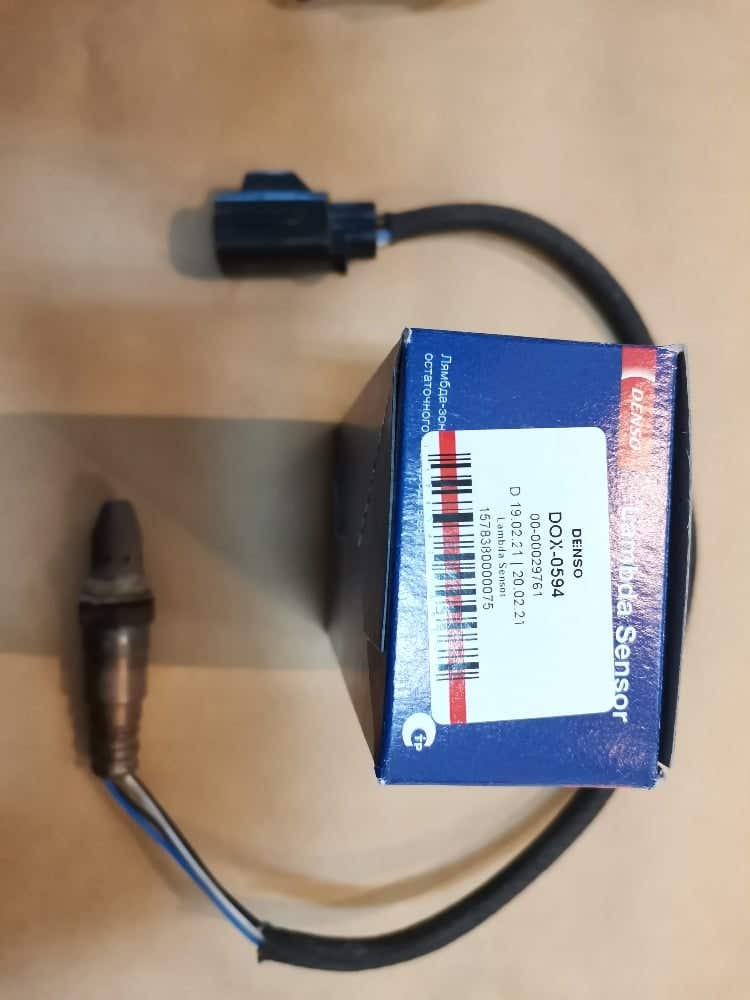
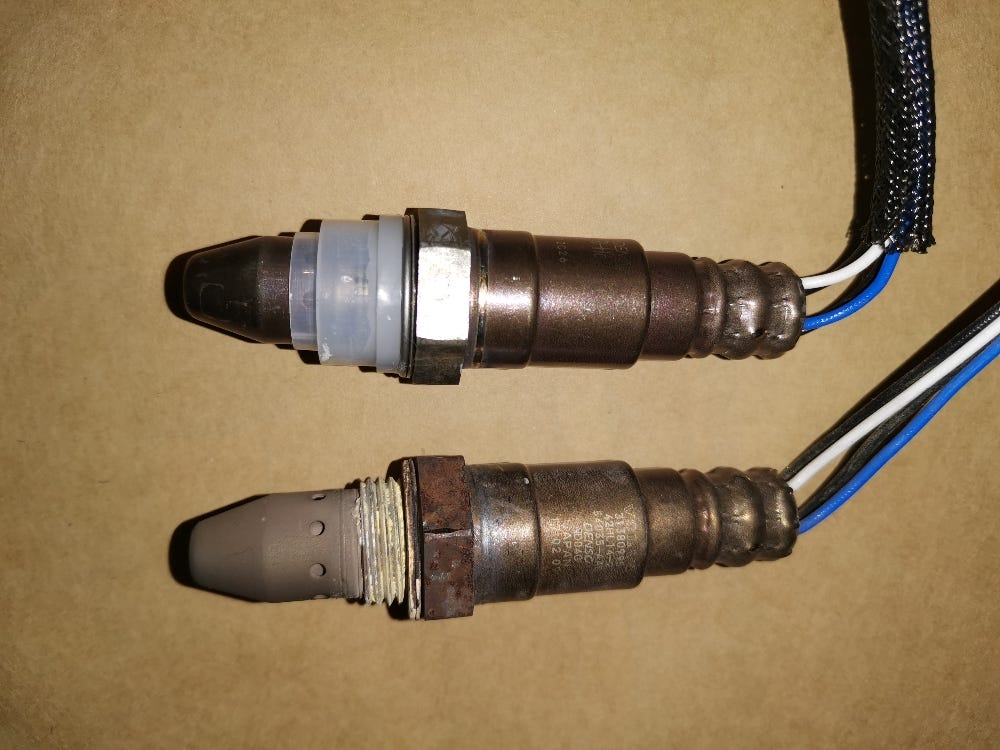
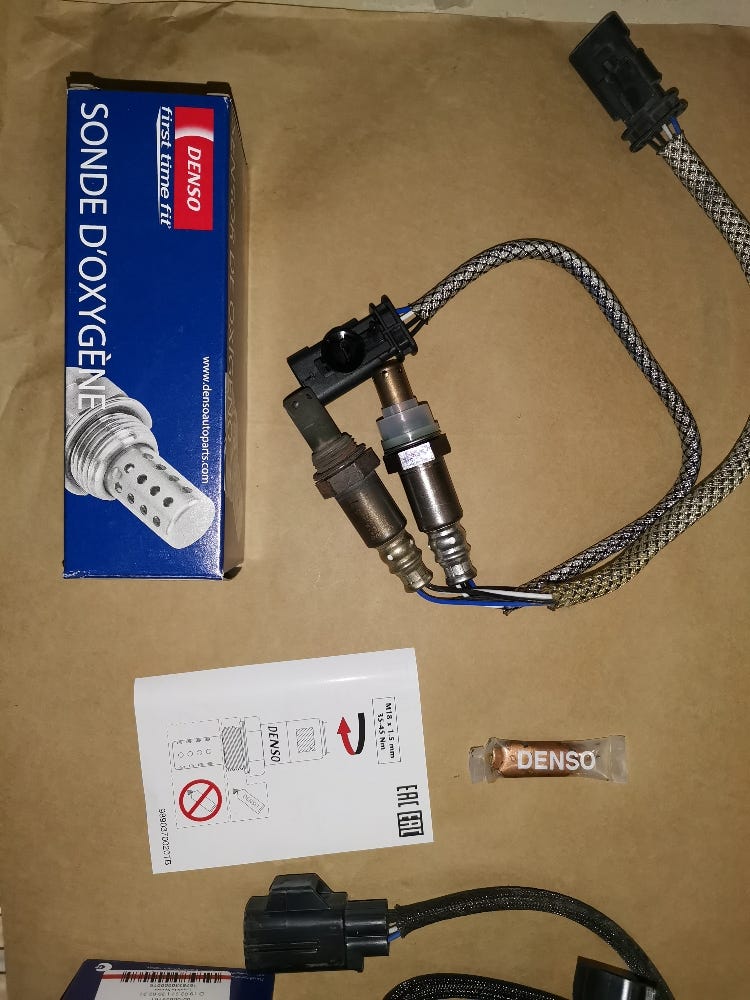
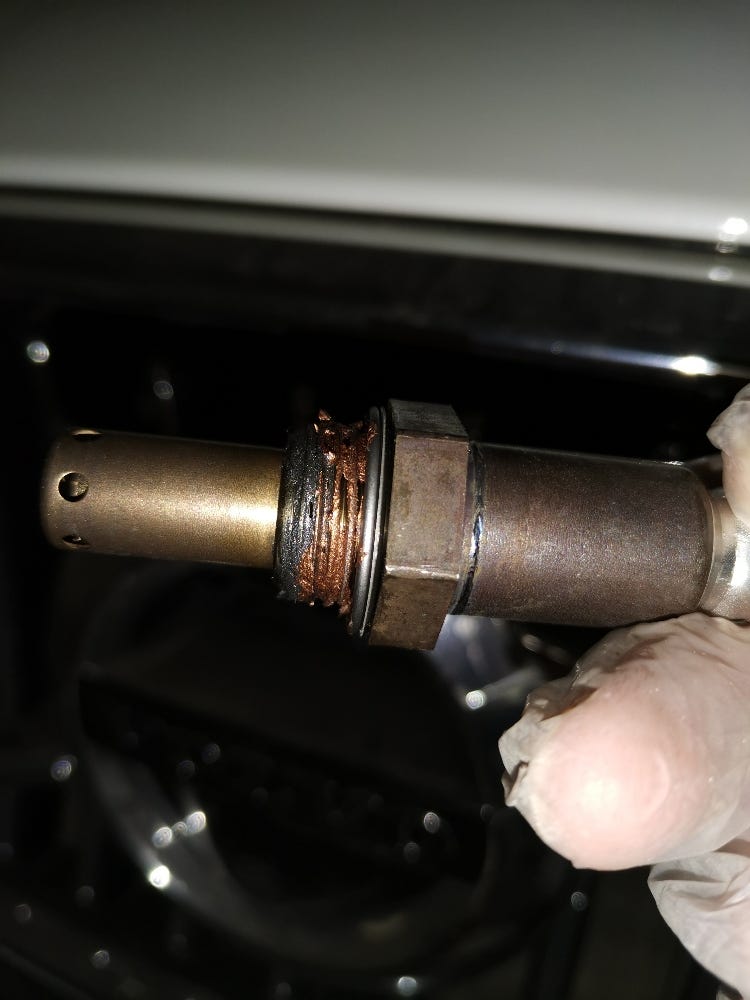
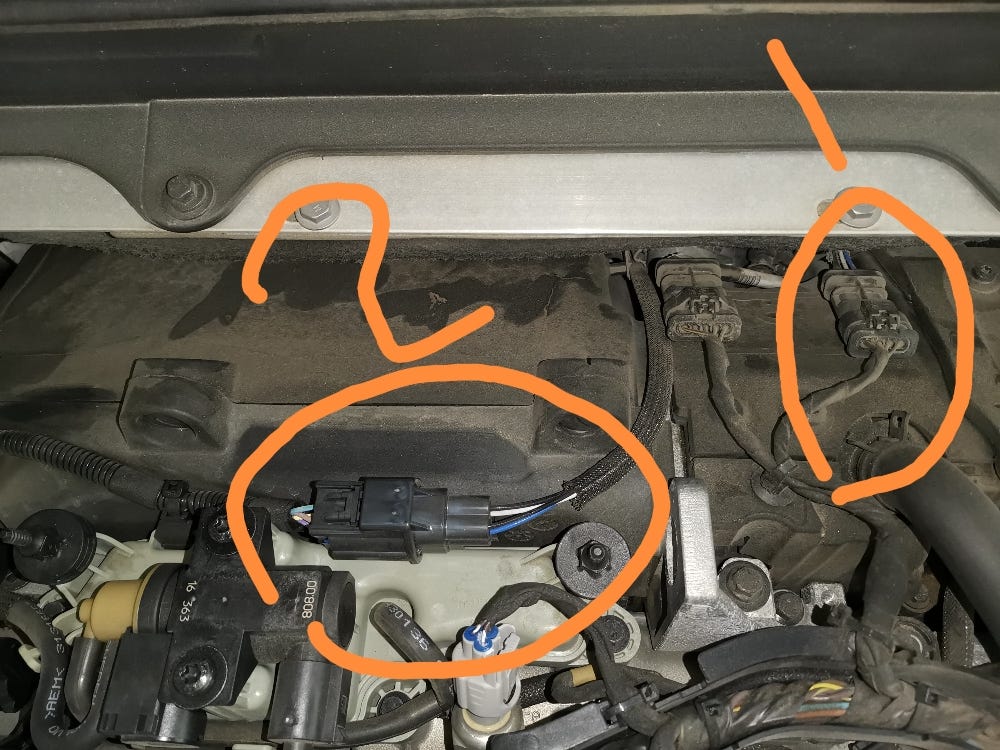
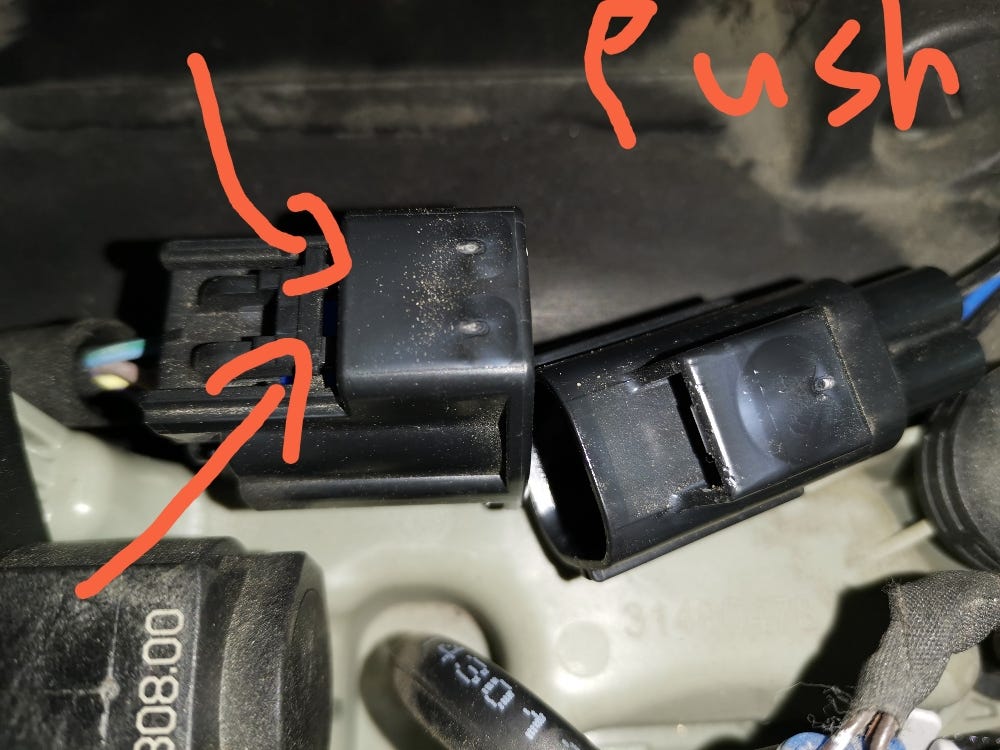
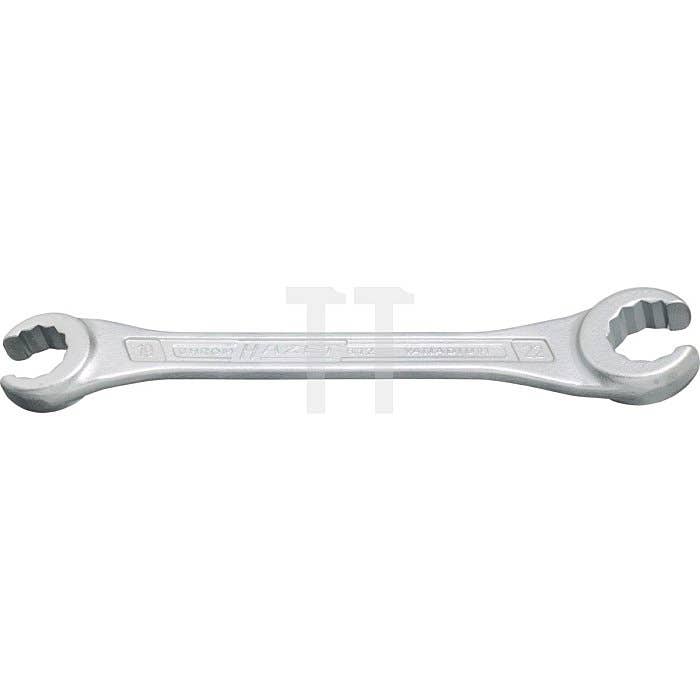
I will share the updated MPG after 200 miles. Last recorded MPG was about 23.
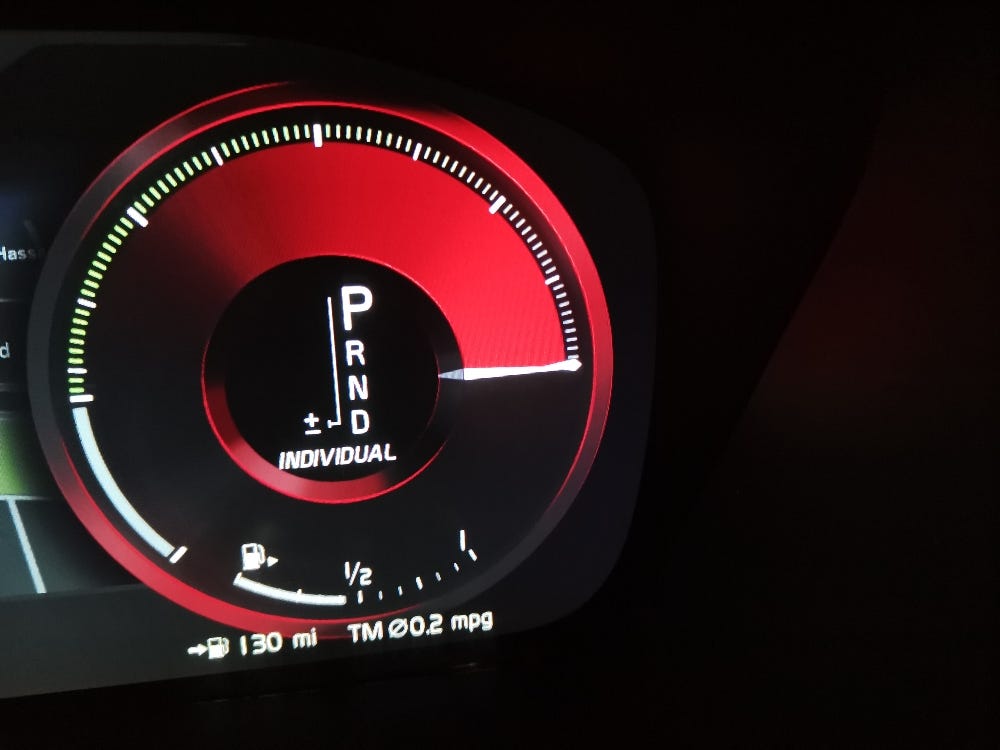
Sent from my YAL-L21 using Tapatalk







